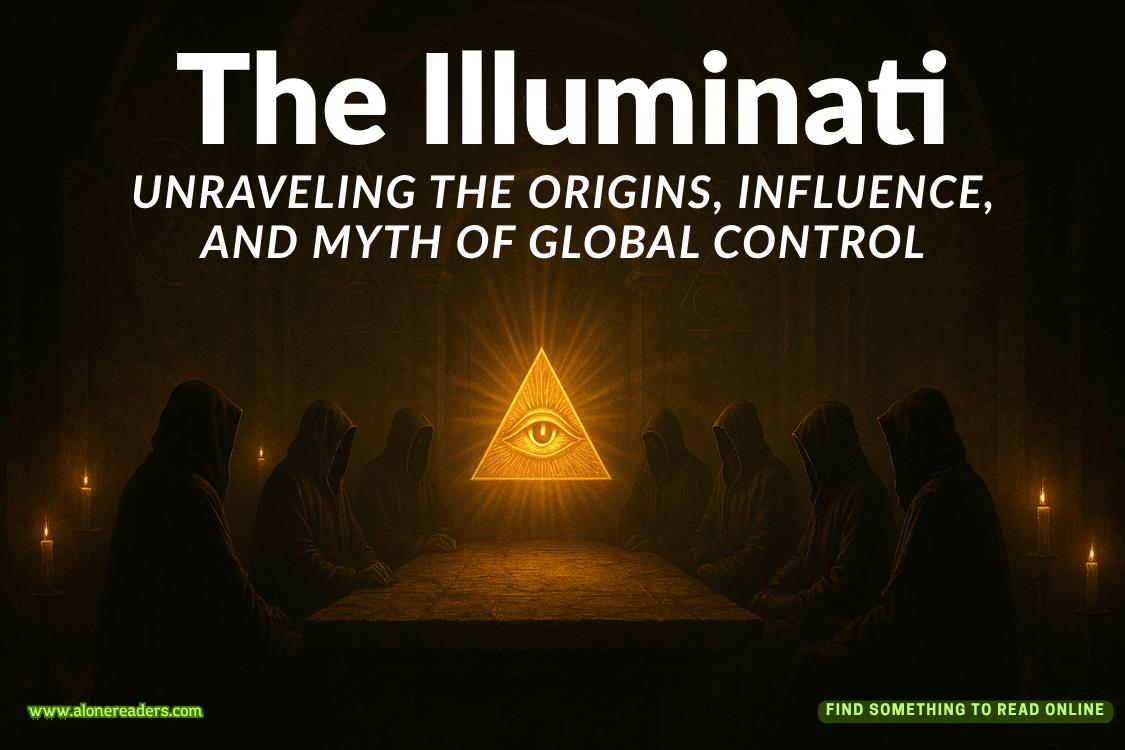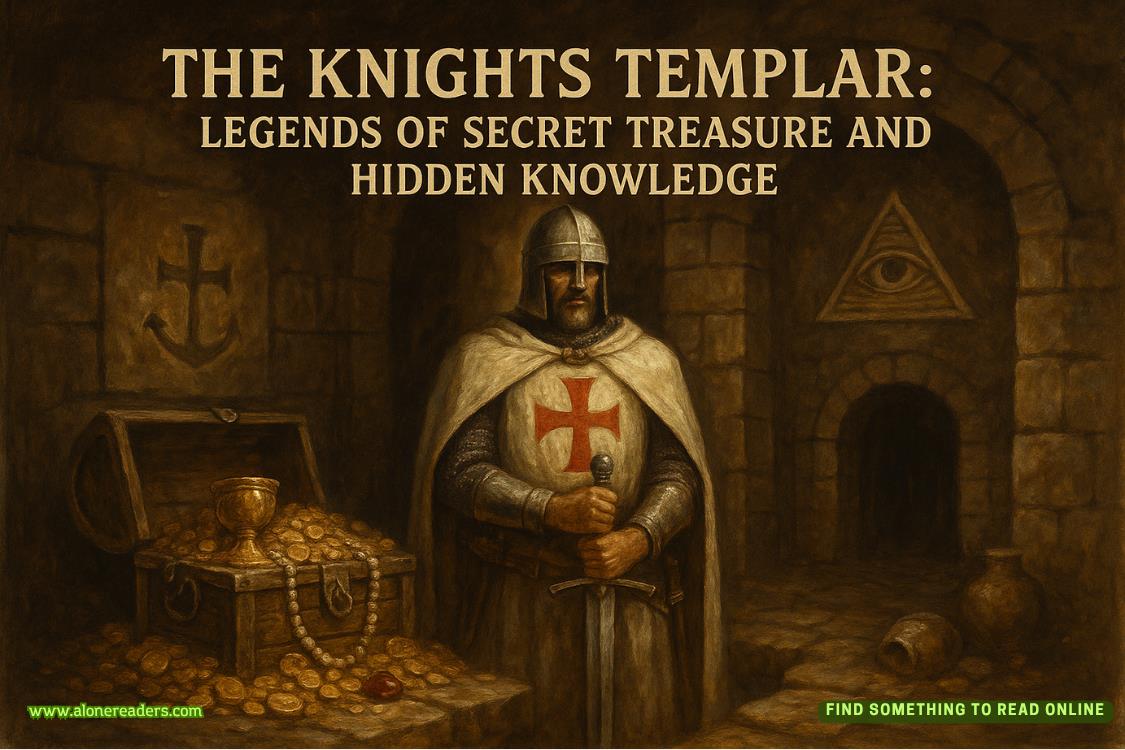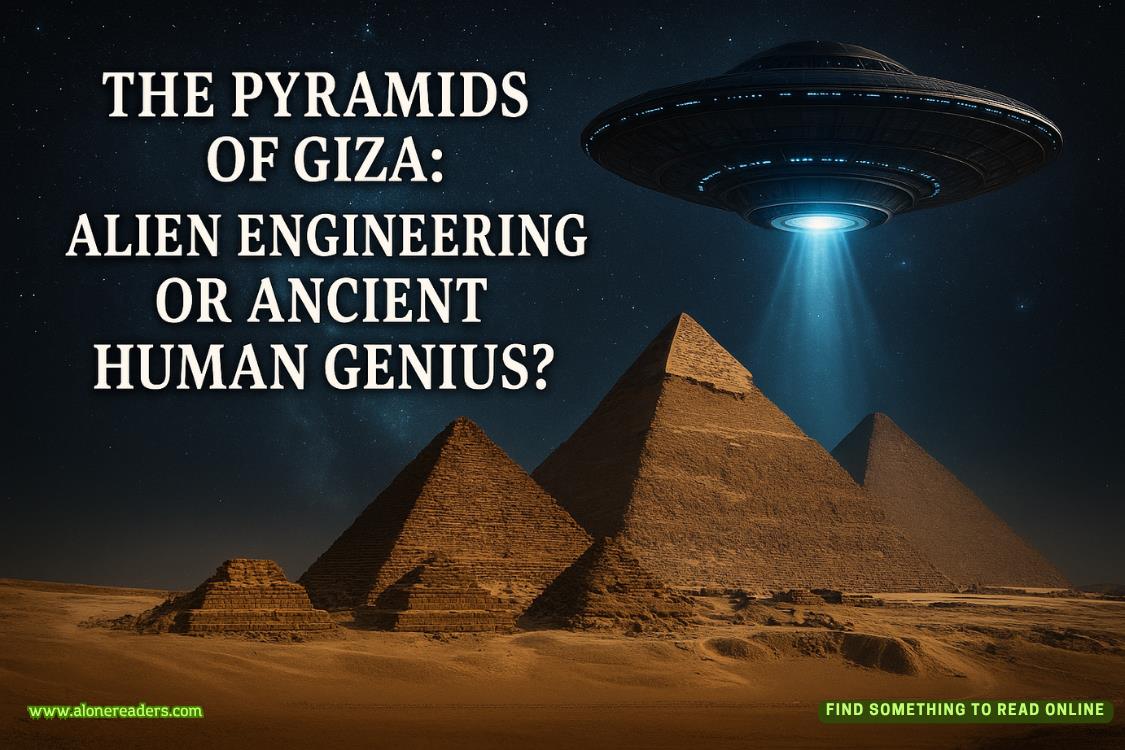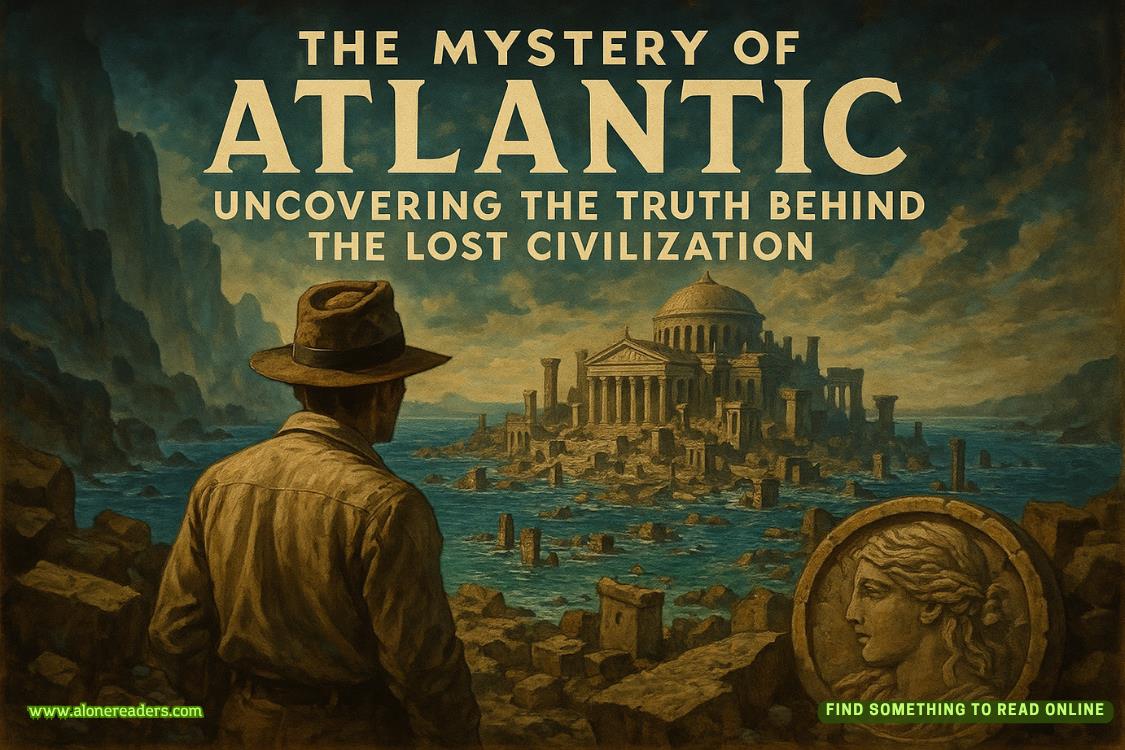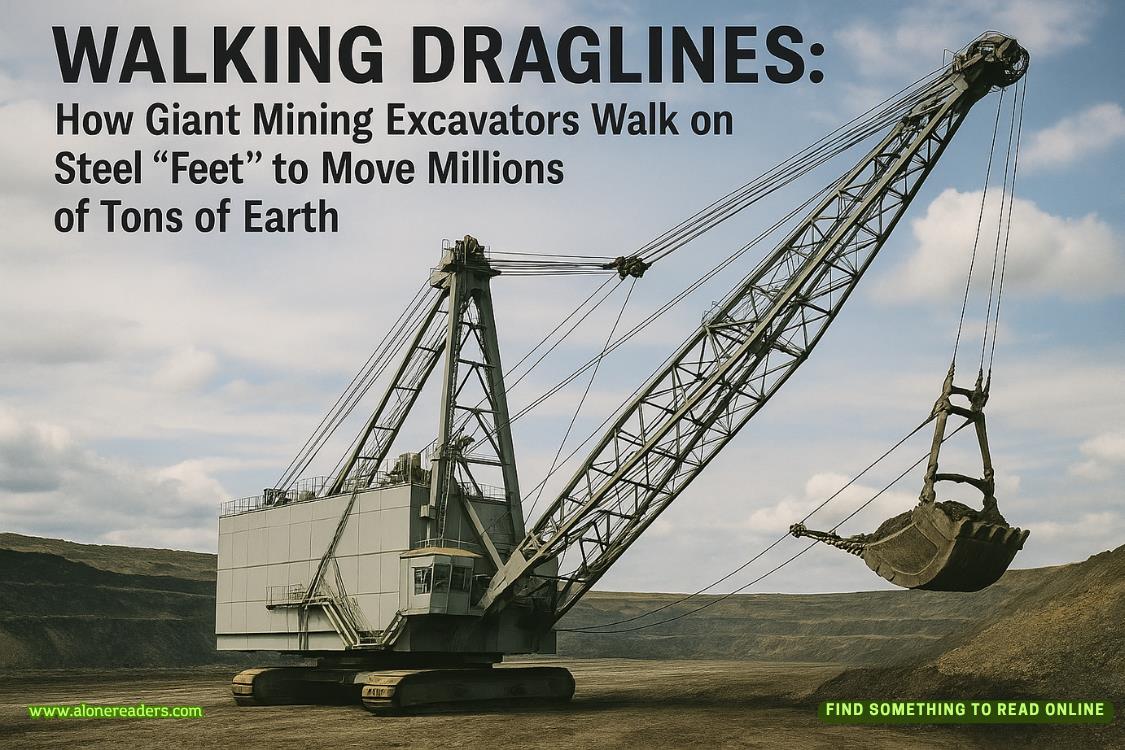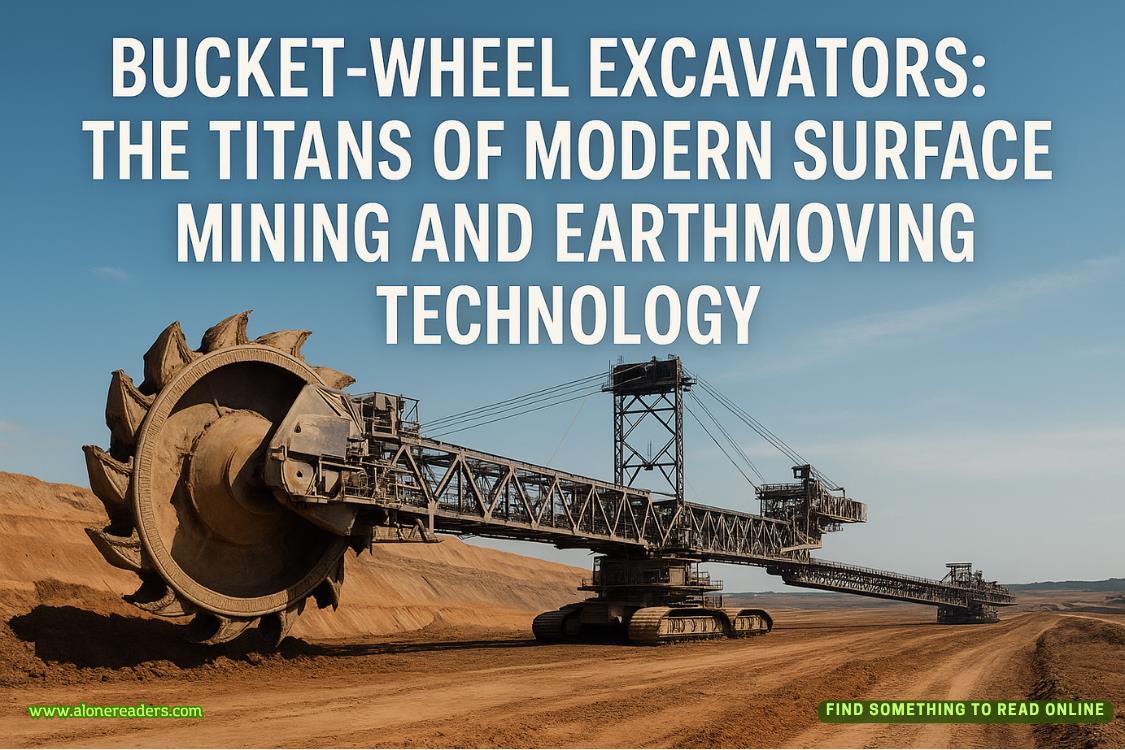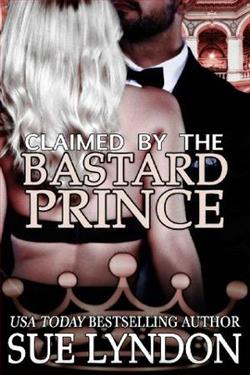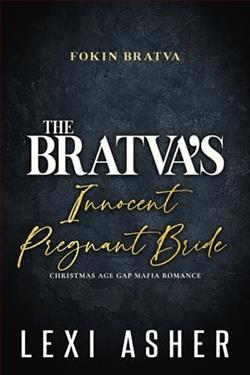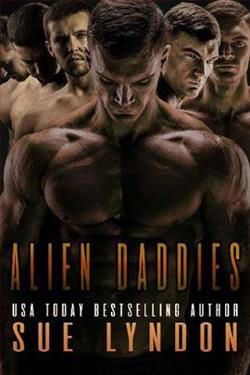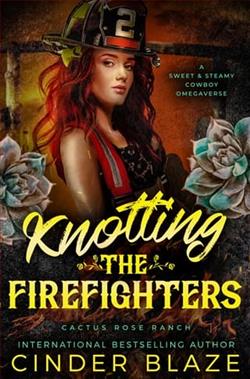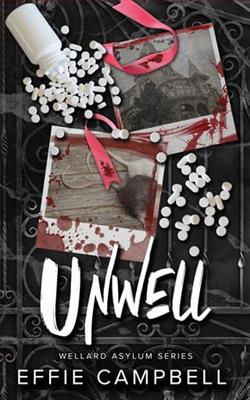Page 28 of Kiss Me Lady One More Time
“It was so large and so . . . different. Just think how alarming it would be to see one alive and coming at you in the water.”
“I should think I would be . . . spellbound.” He was still grinning as their eyes met. The grin faded as the silence stretched between them, far longer than was safe. She could feel something creeping in between them, curling tendrils of—
“I wrote him, last week,” she squeaked. “Mr. Simon, that is. I sent him a letter and asked if he’d heard any word of the piece.” Among other things. “He didn’t have time to reply, of course, but Hope sent a note last evening, and he should be expecting us.”
“Well, here we are,” he said, looking out as the carriage slowed. She tried not to feel insulted at the relief in his tone. “I’ll ask the porter at the gate to send for him.”
* * *
Mr. Simon greetedthem warmly and insisted on giving them a quick tour of the museum.
“There are exhibits that must not be missed, given that it’s your first time here, Miss Munroe.”
He was pleasantly attentive as he took them around to see the famous Rosetta Stone and through the Townley Gallery to see the collection of classical and Egyptian antiquities. It was a pleasure to go through the place with someone so well informed on the displays, but Penelope could see Sterne’s impatience growing. She heard him sigh in relief as Mr. Simon led them into the rooms that housed the Natural History Collection.
By common consent, they bypassed the displays of minerals and rocks and went straight to the several rooms where the fossils were arranged.
The ichthyosaurus, in its glass case, was impressive, of course. There were fine examples of ammonites and stone sea urchins and fossilized crinoids, which he explained were often called sea lilies, although they were actually animal in nature. There were several fish fossils too, from different spots across England.
“It is a shame,” Penelope said on a sigh. “Tensford’s specimen would have been quite at home here.”
“It would have been a welcome addition to the collection,” Mr. Simon agreed. “Mr. Konig, who is in charge of acquisitions for the collection, agreed with my assessment, when he saw Tensford’s sketch and heard my descriptions.” He looked to Sterne. “Have you had any word of its whereabouts? Or any idea of where it might have gone?”
“We have not,” Sterne said. “We hoped to ask you the very same question.”
“We would be the last to hear, I fear. There are collectors who rather view us as the enemy, as they feel we have more resources for acquisitions.” Mr. Simon turned to her and smiled. “I have encouraged the earl to keep searching at the site where you made your accidental discovery. There might very well be more finds to make.”
“I’ve wondered if there might even be something larger in the cliffs by the river,” Sterne said, moving to her side.
“There may very well be,” the other man agreed. “But even smaller fossils can be valuable, especially if they are rare or demonstrate different qualities of another specimen. I have been talking to Mr. Konig of a different sort of display, using different parts of a whole, or various sizes of one species. For example, if we had Tensford’s fish, with its large size and odd spikes, I would love to group it with smaller versions, if they became available.”
“A family grouping,” Penelope said.
“Something like that. The fossils look quite alien and removed from our world, but if we could make them feel a little more . . . familiar, I think even more people would be interested. I’m hoping to try the concept out with our ichthyosaur, for example. We have the mostly complete skeleton, of course, although it is not as nice as the one in the Royal College of Surgeons. But we have other parts, a jawbone over here and a couple of vertebrae in the other room. But I’d like to group them together and address the interesting aspects of the animal. You know, when this species was first discovered, it was largely believed to be a crocodile. We could group it with an actual crocodile skeleton and point out the differences.”
“It’s a fascinating idea,” she said warmly.
“I actually plan to travel to Oxford tomorrow, hoping to convince a friend to lend or sell us a full skull.”
“You must travel a great deal, sir.”
“I do. But as Mr. Konig is so busy with his duties here, I do not mind being the advance scout.” He smiled charmingly into her eyes. “For I do get to meet the most interesting people in my travels. People such as yourself, Miss Munroe.”
She flushed a little and saw Sterne frown. “You must run into many collectors in your travels for the museum, sir,” he interjected.
That was the second time he’d directed Mr. Simon’s interest away from her. She would have counted it as a sign of success if she hadn’t had a purpose for introducing the subject.
“Of course. Collectors and passionate enthusiasts of all kinds.”
“But specifically, fossil scholars and collectors—do you feel as you’ve met all of them?” Sterne still stood quite near her elbow.
“Nearly all the major figures, at the least,” the other man agreed.
“So, what do you make of this idea of a black market, that is rumored to have lately sprung up, in the field?”
Mr. Simon chuckled. “I think it is likely a few avid collectors might have joined forces to keep us and other institutions from scooping up new finds, but I doubt there is a shadowy underworld of deals or dealers.”
“Forgive me for speculation,” Sterne said carefully, “It’s just that, after the theft of Tensford’s piece, I am more likely to lend credence to the idea.”
